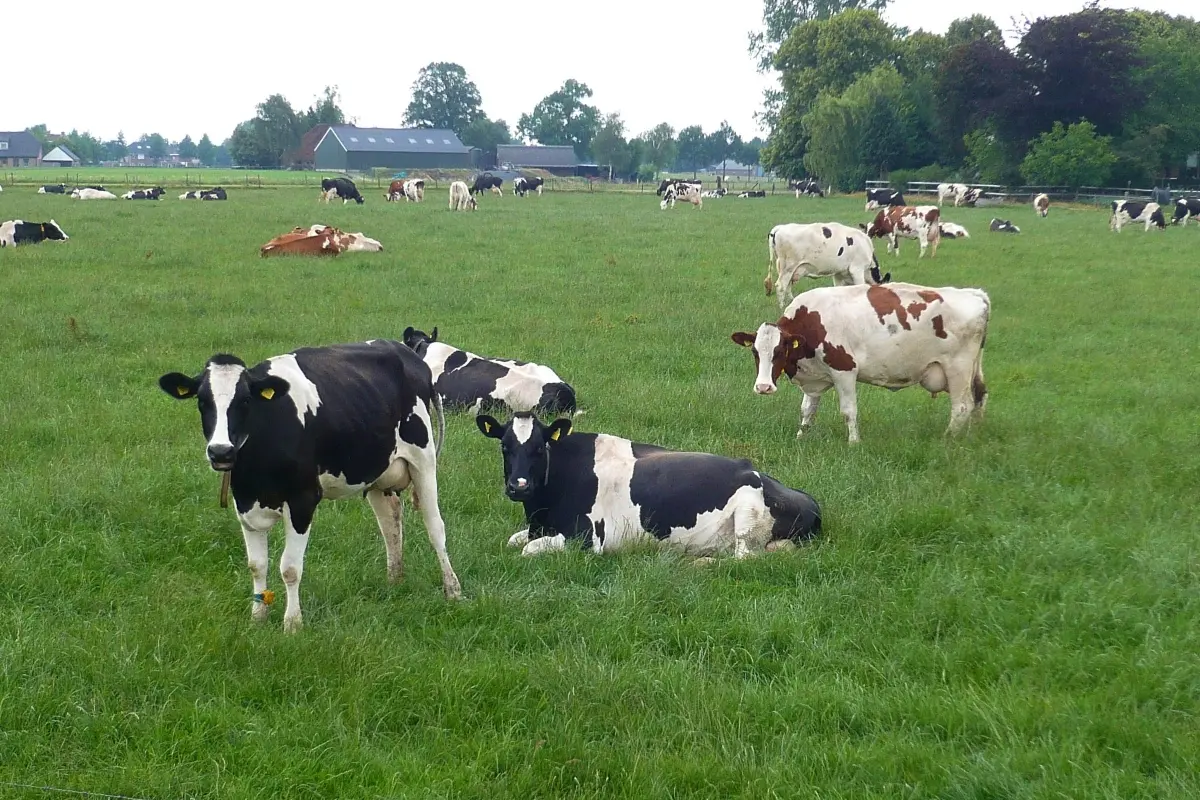
Avian influenza in cattle. EFSA: potential risk also for Europe
In the US, 981 dairy herds affected between March 2024 and May 2025 /Attachment

Seasonal migration of wild birds and the importation of some US products, such as those containing raw milk, could represent potential routes for the introduction into Europe of the highly pathogenic avian influenza (HPAI) genotype currently affecting US dairy cows, according to a new report published by EFSA. This type of virus has not yet been reported in any country outside the United States.
EFSA scientists point out that major European stopover areas with high-density bird concentrations, such as Iceland, Great Britain, Ireland, western Scandinavia, and large wetlands such as the Wadden Sea on the Dutch, Danish and German coasts could be useful locations for early detection of the virus during the seasonal migration of wild birds.
The report also addresses the possibility of the virus being introduced into Europe through trade, concluding that the importation of raw milk products from affected areas of the United States cannot be completely ruled out and could therefore be a possible route of introduction. The importation of dairy cows and beef could also be a potential route of introduction of the virus. However, the virus has rarely been detected in meat, animal imports are very limited, and there are very strict trade regulations for meat and live animals entering the EU.
The EFSA report also provides an overview of the situation in the United States, where 981 dairy cattle herds in 16 states were affected between March 2024 and May 2025. The report, reviewed by US authorities, highlights that cattle movements, poor biosecurity and sharing of farming equipment may have contributed to the spread of the virus.
By the end of the year, EFSA will assess the potential impact of the entry of this Hpai genotype into Europe, recommending measures to prevent its spread.
Attached to this EFA News is the full text of the EFSA.
EFA News - European Food Agency